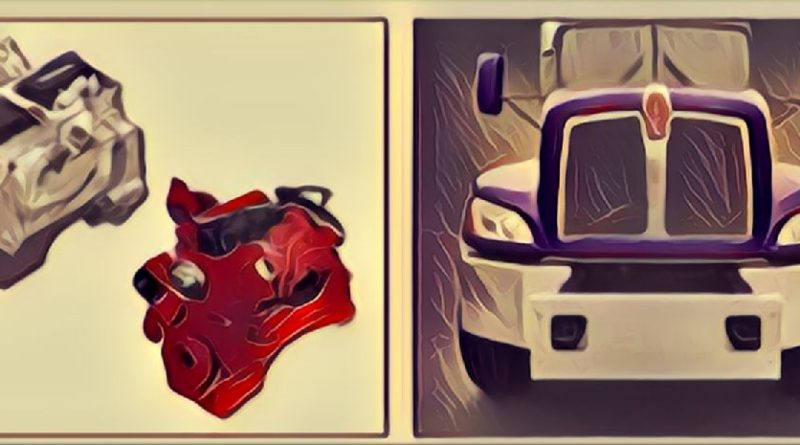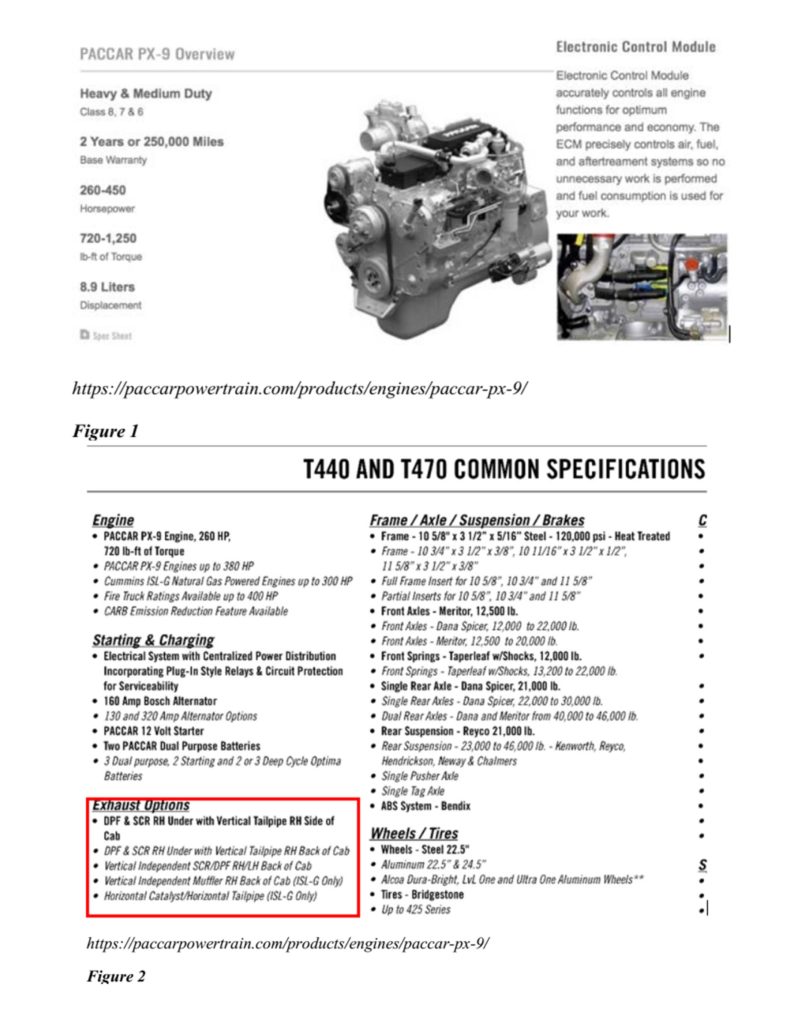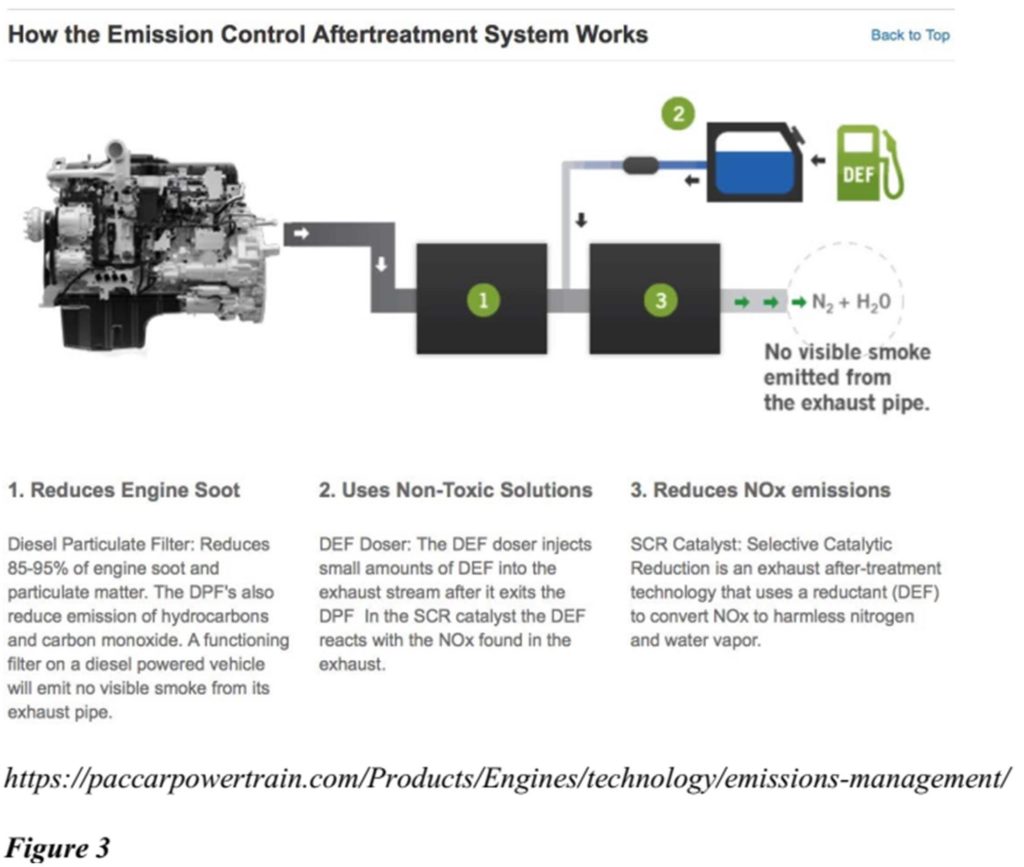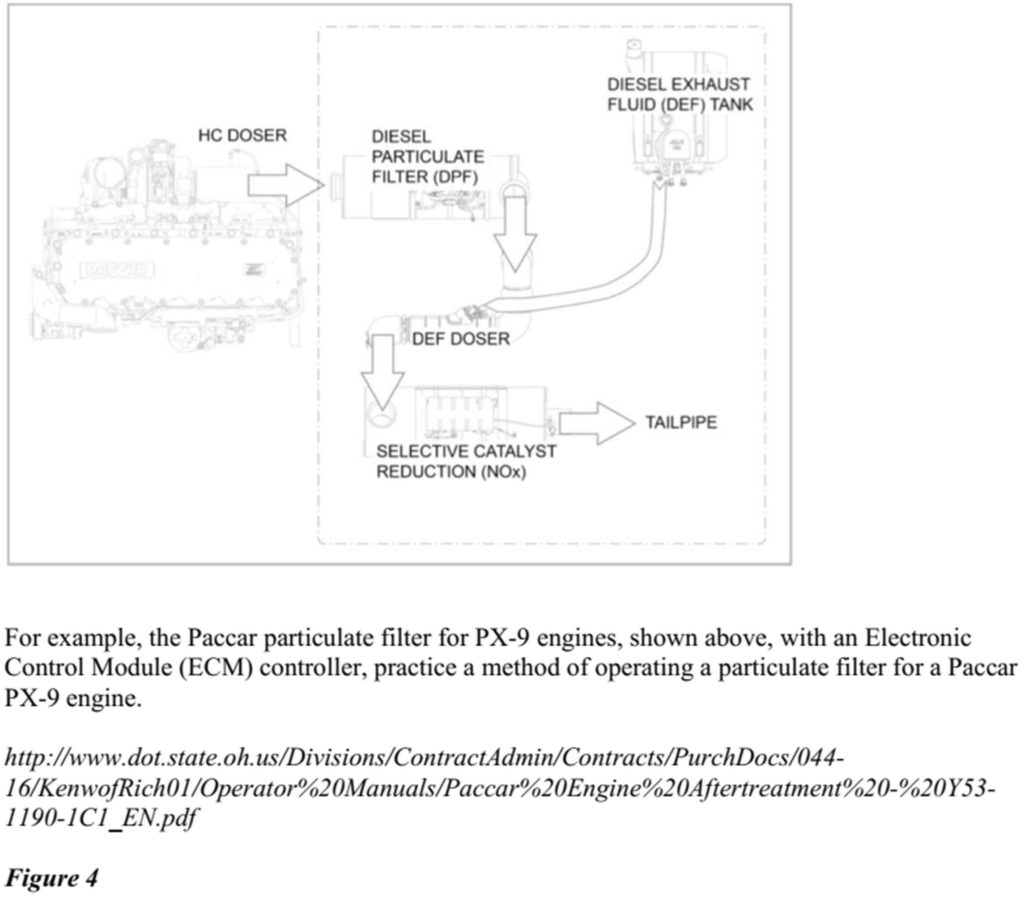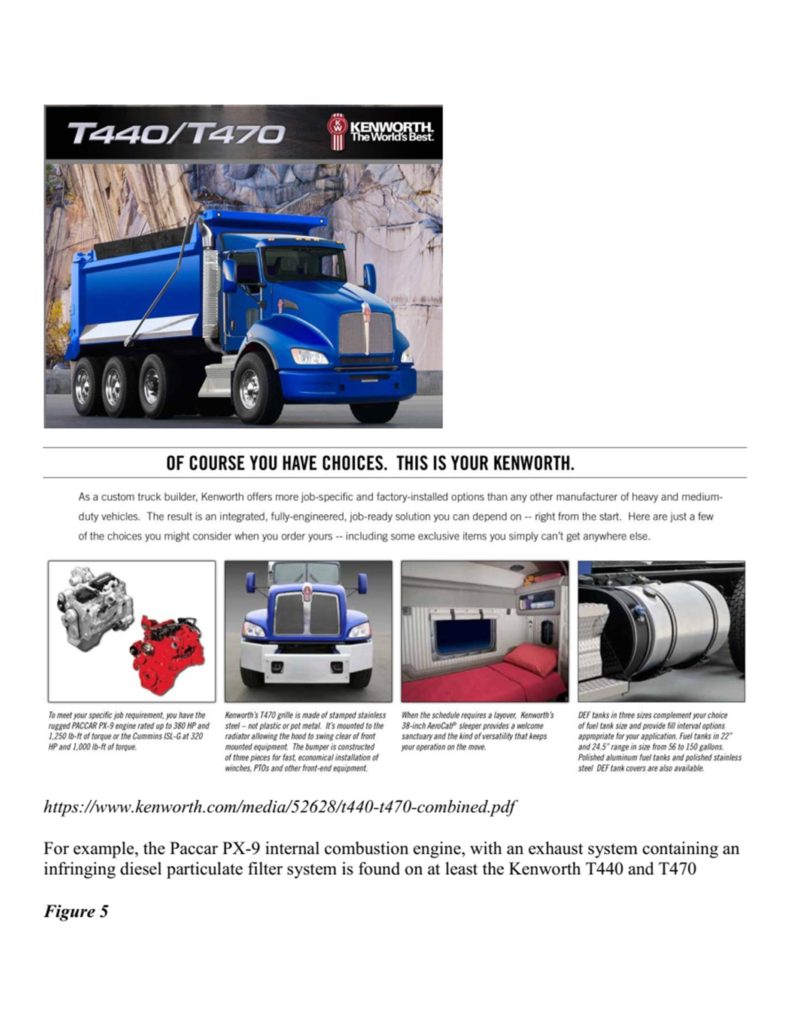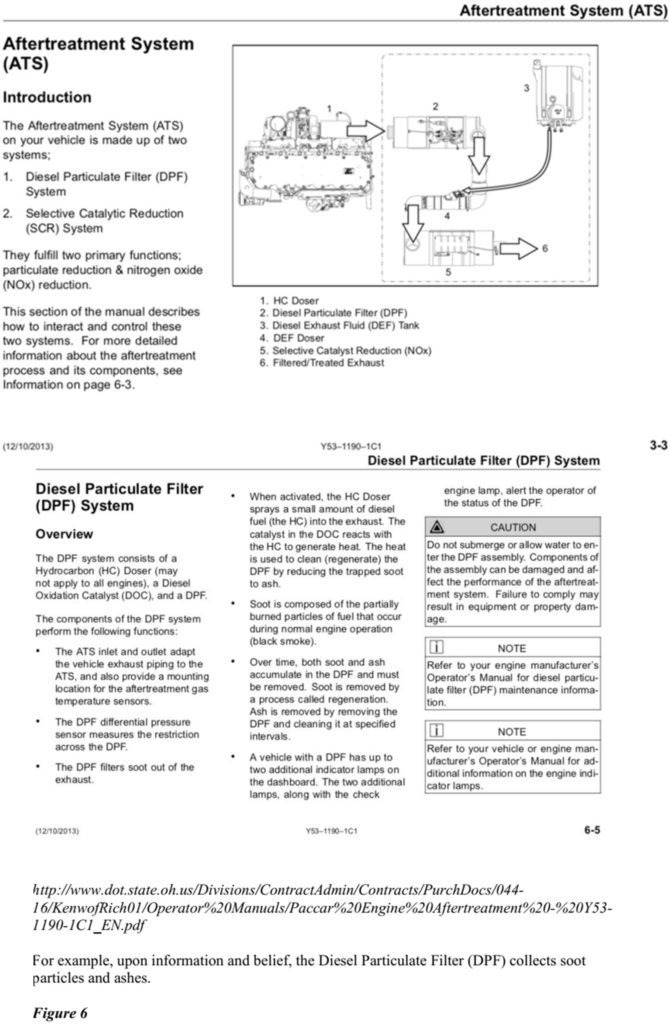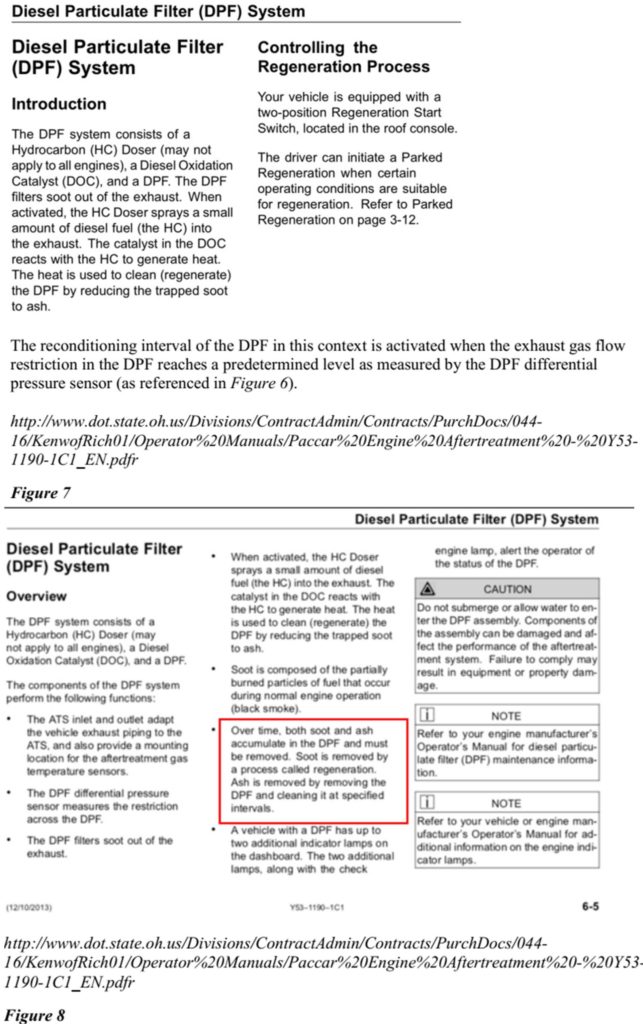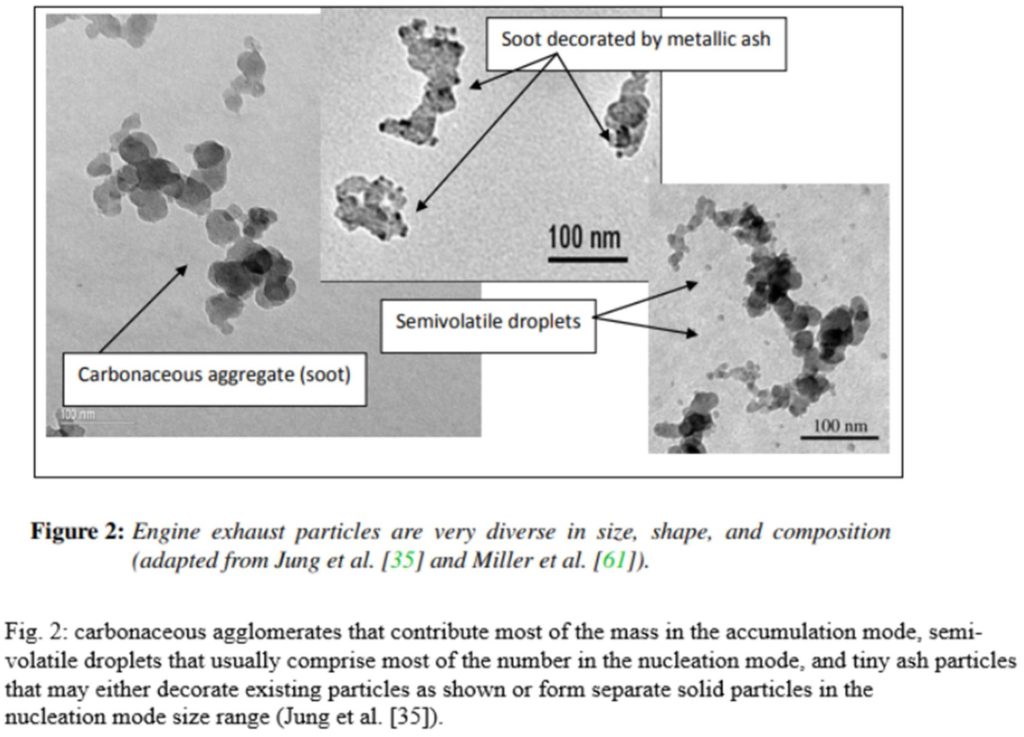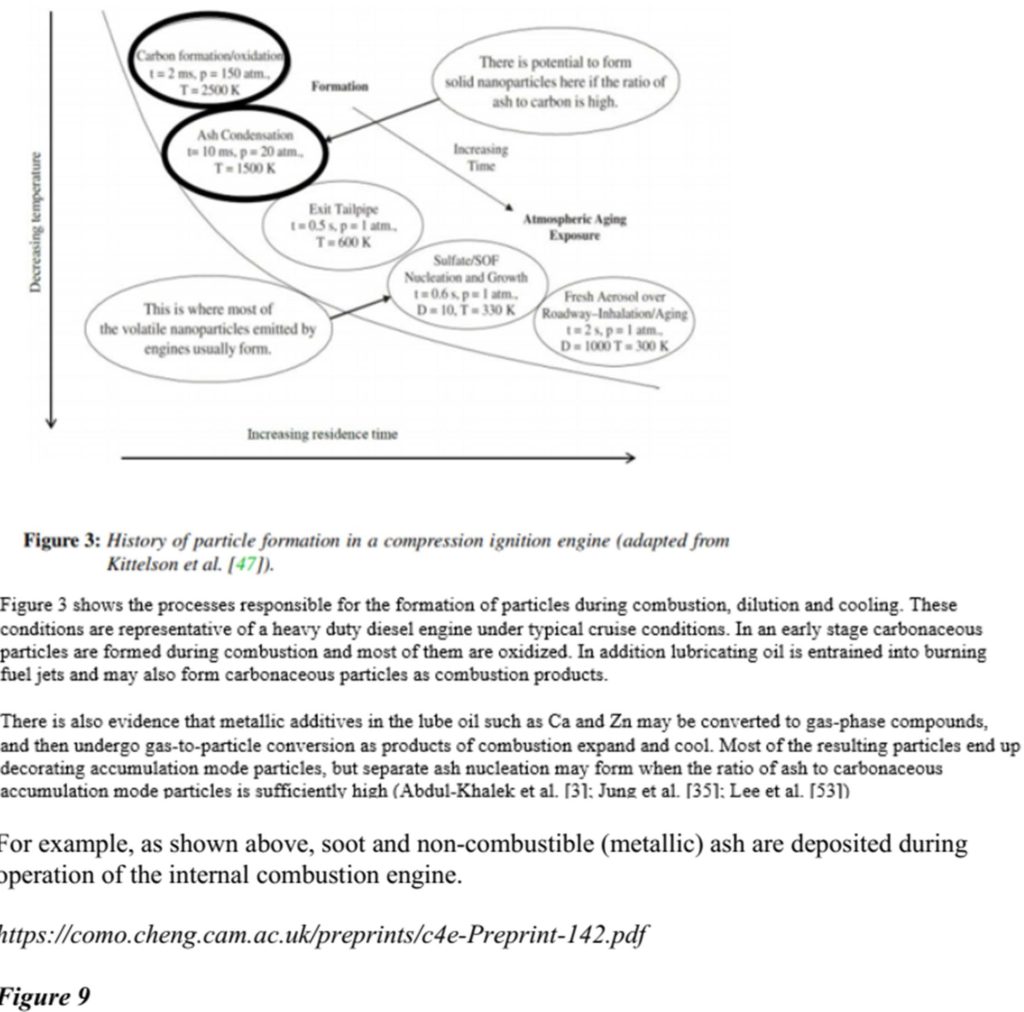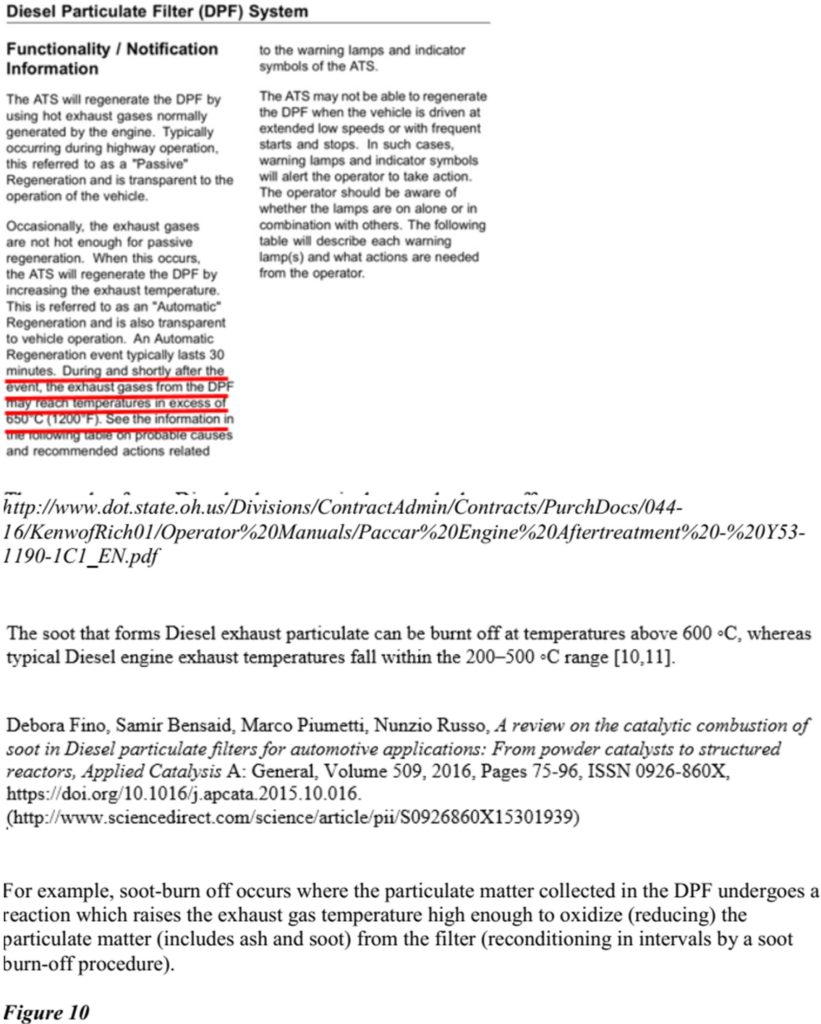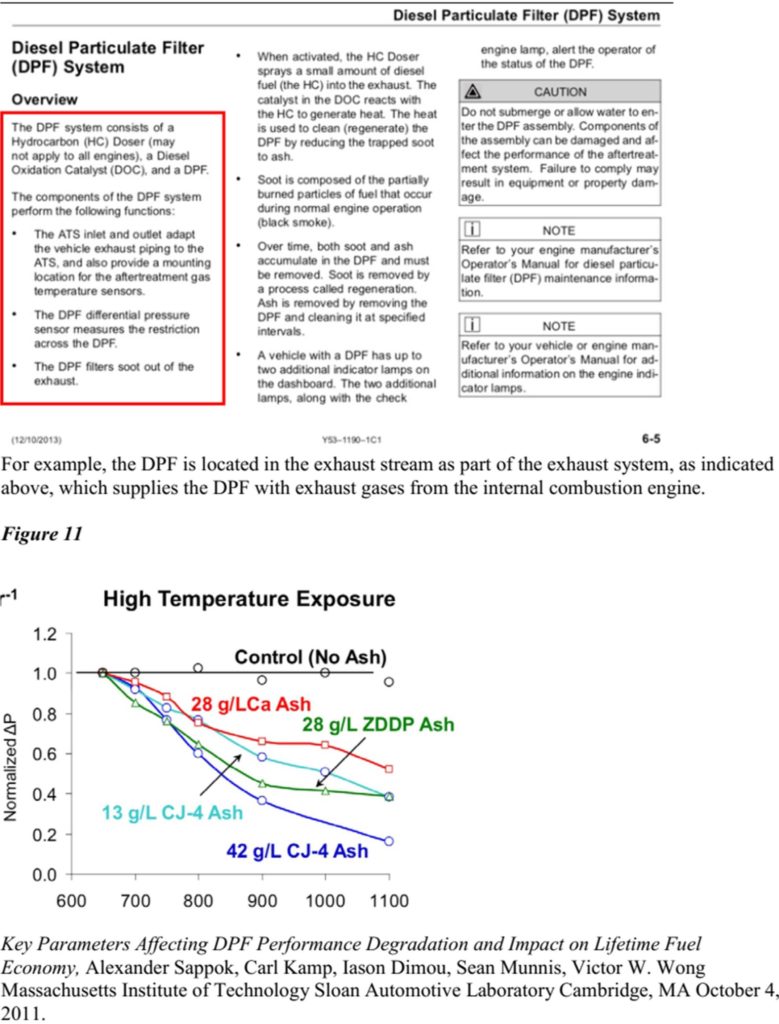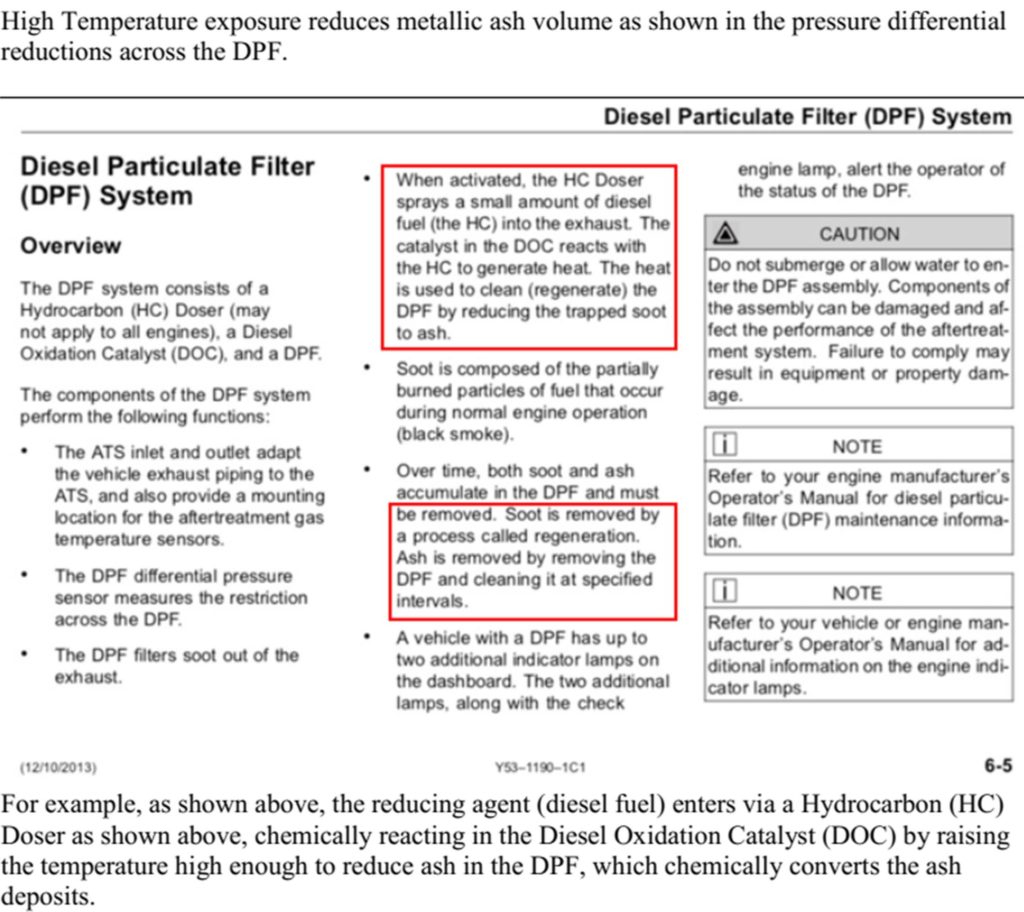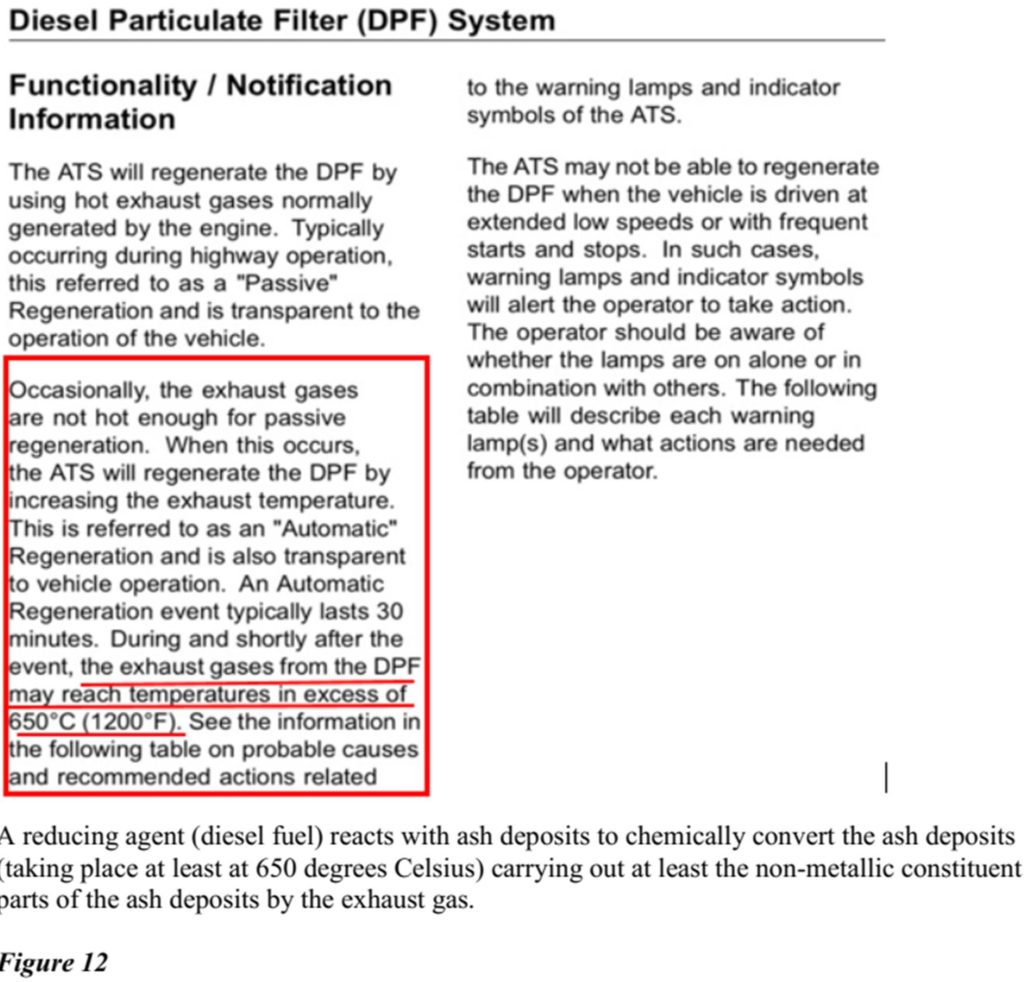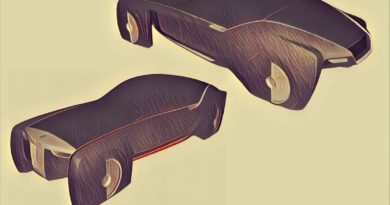Peterbilt & Kenworth on the Receiving End of Diesel Patent Infringement Lawsuit

Diesel gearheads will be interested to learn that this week Diesel Technologies, LLC (“Diesel Tech”) sued Paccar, Inc. (“Paccar”), d/b/a Peterbilt Motors Company (“Peterbilt”) and Kenworth Truck Company (“Kenworth”) alleging patent infringement USPN 8,474,246 (“the ’246 patent”). The patent, entitled “Method of Operating a Particulate Filter in the Exhaust System of a Motor Vehicle’s Internal Combustion Engine,” describes the invention as:
In a method of operating a particle filter in an exhaust system of a motor vehicle internal combustion engine, wherein the particle filter is reconditioned, in intervals, by a soot-burn-off procedure, the amount of noncombustible ashes also collected in the particle filter is reduced by heating the particle filter and supplying to the particle filter, together with the exhaust gas of the internal combustion engine, a reducing agent which reacts with the ash deposits so as to chemically convert the ash deposits such that at least non-metallic ash components are decomposed and carried out of the particle filter by the exhaust gas.
The Complaint alleges:
14. Upon information and belief, Defendant has and continues to directly infringe at least claims 1-3 and 7 of the ’246 patent by making, using, selling, importing and/or providing and causing to be used, for example, a Paccar PX-9 Engine in at least its Kenworth T440/T470 (the “Kenworth Infringing Instrumentalities”) and a Cummins ISX 15 Engine in at least its Peterbilt Model 389 trucks (the “Peterbilt Infringing Instrumentalities”) (collectively the “Accused Instrumentalities”).
15. The ’246 patent generally recites a method of operating a diesel particle filter in an exhaust system of a motor vehicle with an internal combustion engine.
16. In particular, claim 1 of the ’246 patent recites a method of operating a particle filter in an exhaust system of a motor vehicle internal combustion engine, wherein the particle filter, which collects soot particles and ashes, is re-conditioned, in intervals, by a soot- burn off procedure, but wherein, in addition to soot, also non-combustible ashes are deposited during operation of the internal combustion engine, said method comprising the steps of: reducing, in an ash reducing procedure, the mass of the ash deposits in the particle filter by heating the particle filter and supplying to the particle filter, together with the exhaust gas of the internal combustion engine, a reducing agent which reacts with the ash deposits so as to chemically convert the ash deposits such that at least non-metallic constituent parts of the ash deposits are carried out of the particle filter by the exhaust gas.
17. The Kenworth Infringing Instrumentalities, for example at least the Kenworth T440/T470 with a Paccar PX-9 engine, practice a method of operating a particle filter in an exhaust system of a motor vehicle internal combustion engine (Figures 1-5), wherein the particle filter, which collects soot particles and ashes (Figure 6), is re-conditioned, in intervals (Figure 7), by a soot-burn off procedure (Figure 8), but wherein, in addition to soot, also noncombustible ashes are deposited during operation of the internal combustion engine (Figures 8-9), said method comprising the steps of: reducing, in an ash reducing procedure (Figure 10), the mass of the ash deposits in the particle filter by heating the particle filter and supplying to the particle filter (Figures 8-10), together with the exhaust gas of the internal combustion engine (Figure 11), a reducing agent which reacts with the ash deposits so as to chemically convert the ash deposits such that at least non-metallic constituent parts of the ash deposits are carried out of the particle filter by the exhaust gas (Figure 12).
What’s the goal?
PRAYER FOR RELIEF
WHEREFORE, Plaintiff demands judgment for itself and against Defendant as follows:An adjudication that Defendants have infringed the ’246 patent;
A. An adjudication that Defendants have infringed the ’246 patent;
B. An award of damages to be paid by Defendant adequate to compensate Plaintiff for Defendant’s past infringement of the ’246 patent, and any continuing or future infringement through the date such judgment is entered, including interest, costs, expenses and an accounting of all infringing acts including, but not limited to, those acts not presented at trial;
C. A declaration that this case is exceptional under 35 U.S.C. § 285, and an award of Plaintiff’s reasonable attorneys’ fees; and
D. An award to Plaintiff of such further relief at law or in equity as the Court deems just and proper.
This goes to show, if you are thinking of getting into the diesel industry, you better have a great patent attorney working for you to guide you through the patent minefield, and never forget the old adage “innovation without protection is philanthropy.”
I look forward to following this case & bringing you lots of great coverage in the future on this blog directed to innovation! Please share it with your friends and colleagues to help inspire us. Thank you.
Dave Dawsey – The Diesel Attorney
PS – please follow me on Twitter (@EatMyRubberTech) and sign-up to receive posts via email.

